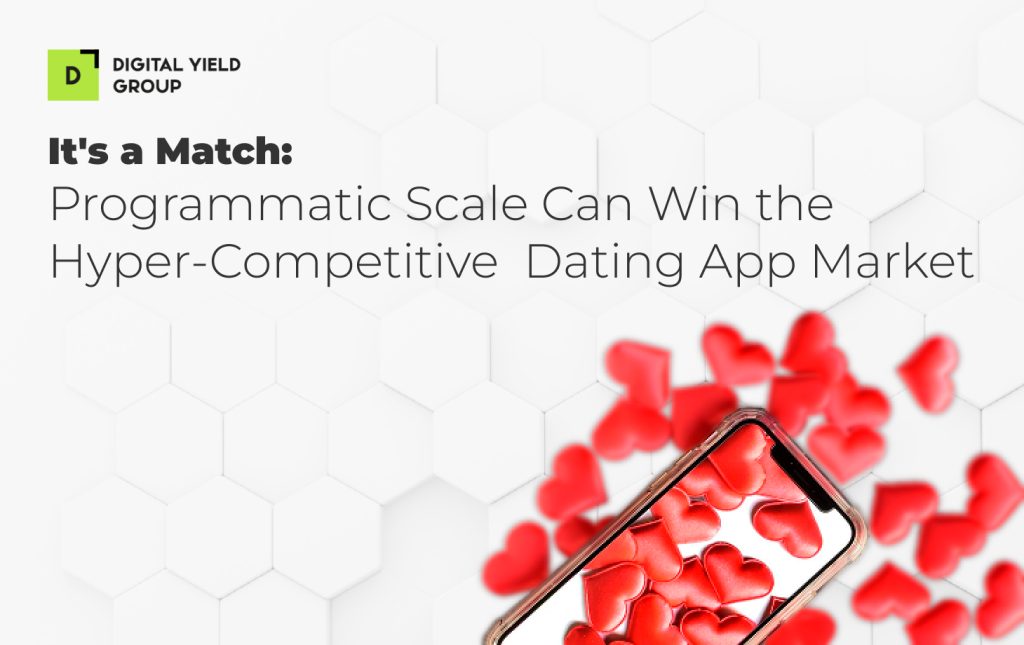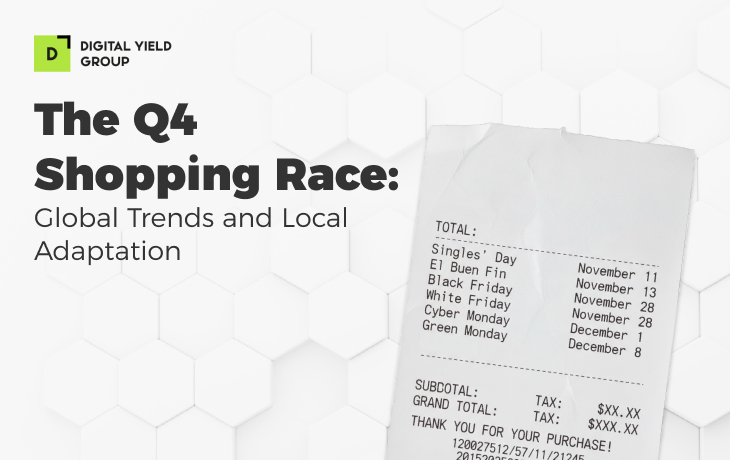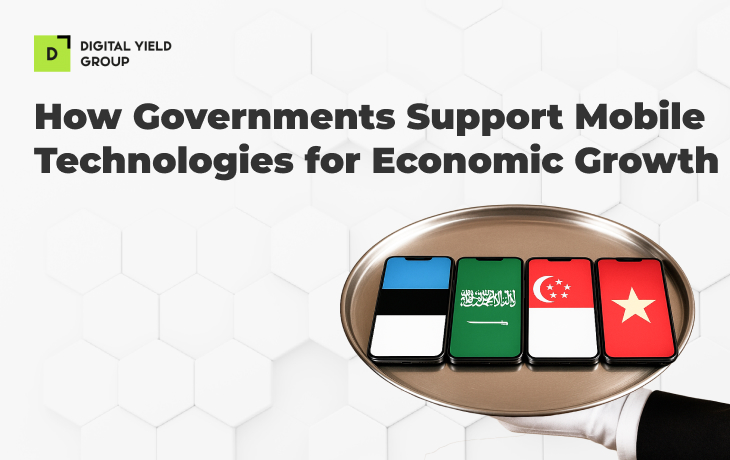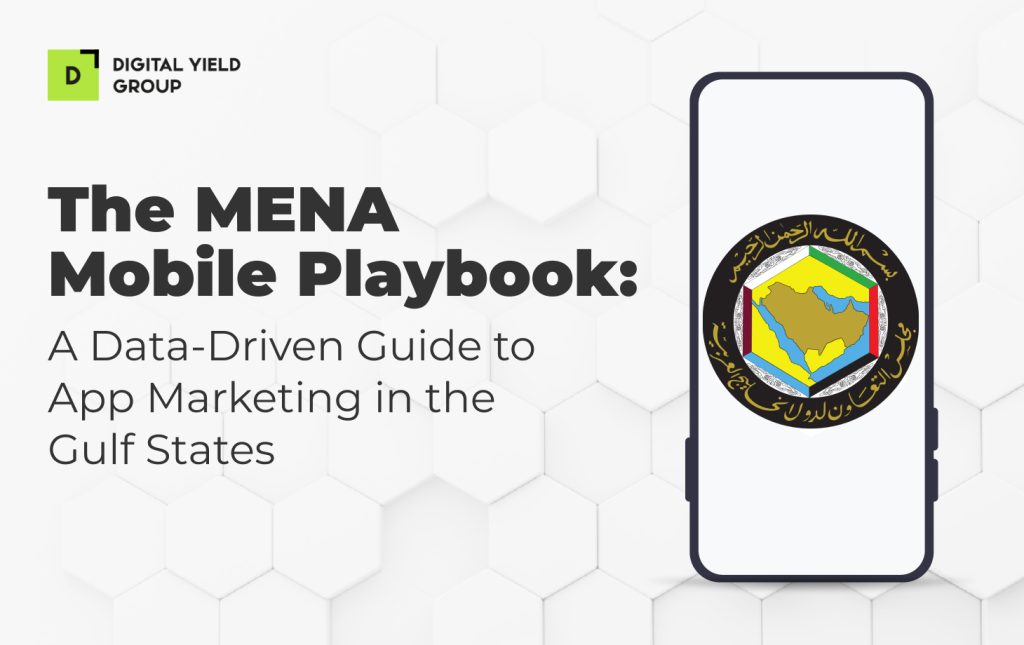It’s a Match: Programmatic Scale Can Win the Hyper-Competitive Dating App Market

Dating apps are hard. It’s true for users and for marketers alike. Few app categories are as crowded, or as fast-moving, as dating. With major players like Tinder, Bumble, and Hinge shaping the conversation, and new apps launching every month, standing out is anything but simple. In 2024, Tinder held onto its lead in downloads, but both Bumble and Hinge made notable gains, pointing to a market that is active, evolving, and far from settled. Despite the intense competition, the space continues to grow. Global revenue from dating apps reached 6.18 billion US dollars in 2024. For marketers, the message is clear: there’s real opportunity here, but earning attention, and keeping it, requires a smart, well-timed approach.
I. The Dating App Battlefield: Navigating a Crowded Landscape
Growth in the dating app market comes with real challenges. From January 2023 to December 2024, installs and sessions declined by 13 percent YoY. The drop points to a market approaching saturation, where attracting new users requires more effort and higher cost than before.
Retention is an even steeper hurdle. In 2024, Day 1 retention dropped to 24 percent, down from 26 percent the year prior. By Day 30, that number fell to just 5 percent. The vast majority of users leave within the first month, and most never return. At the same time, session length among active users is rising. In 2024, average session time increased slightly to 13.21 minutes, up from 12.95 in 2023. This suggests that users who stay are spending more time exploring, messaging, and swiping, but they represent a shrinking slice of the total user base. These trends highlight a growing imbalance. A portion of users may spend more time in the app once they begin, but that initial interest isn’t translating into long-term loyalty. This creates what is known as the “engagement paradox”: initial engagement is improving, but long-term loyalty is slipping. The real challenge isn’t only acquisition. It’s building an experience that keeps users involved beyond the first few days and gives them a reason to come back.
Adding to this challenge is the growing fatigue with social media advertising. Most users feel overwhelmed by the volume of ads they see across platforms. In fact, 74 percent of people report feeling tired of social media ads, with many describing the experience as repetitive and numbing. Among adults aged 35 and older, that number rises to 78 percent. For dating apps, this signals a deeper risk. Even when a campaign drives clicks or installs, the user’s experience leading up to that point can shape how they engage afterward. Ad fatigue doesn’t just affect the cost of acquisition, it can drag down in-app engagement, increase churn, and erode brand perception before the user has even completed onboarding.
II. Beyond the Walled Gardens: Unlocking Scale with Programmatic
As competition grows and user fatigue becomes harder to ignore, marketers need more flexible and efficient ways to reach the right audience. Programmatic advertising offers that flexibility at scale. In 2024, global spend on programmatic ads reached 595 billion US dollars and by 2028, it’s expected to rise to nearly 779 billion.
At the core of programmatic are DSPs. These platforms connect advertisers to a wide range of digital inventory, from mobile apps to video, audio content and streaming services. The real value lies in how these campaigns are built. Marketers can use first-party data, browsing behavior, purchase patterns, and content preferences to target users based on how they actually engage online. At DYG, we work with teams to turn that programmatic data into strategy, selecting the right SSPs and Ad Exchanges, refining targeting, and helping campaigns perform in the moments that matter. This approach also helps marketers move beyond the limits of platforms like Google and Facebook. While those channels reach a large audience, they don’t offer full coverage and control. DSPs help close that gap, making it possible to reach users across the wider web, where competition can be lower and attention more focused.
III. Strategic Offense: The Power of Programmatic Conquesting
In a market where churn is high and loyalty is fragile, growth for dating apps often means winning new users over from somewhere else. For dating apps, that’s where programmatic conquesting comes in. This strategy focuses on reaching users who have recently interacted with a competitor’s product by having a competing app installed on their device. Rather than casting a wide net, conquesting targets users who have already shown intent.
Success in conquesting depends heavily on the creative itself. To pull users away from a competitor, campaigns need to speak directly to unmet expectations or common frustrations: too much noise, not enough matches, or a lack of authenticity. Messaging that acknowledges the need for connection, companionship, or the frustration of feeling unseen can create a stronger sense of relevance. The strongest ads are tailored to reflect what real users are feeling and offer a clear reason to try something new.
One approach is to frame the ad as a helpful solution rather than a direct pitch. Other formats can borrow from the design of in-app messages, mimicking the kind of interaction users are already looking for. Personalization adds another layer. Dynamically inserting the user’s location: “Are you from [Location]? Let’s meet each other!” can help the ad feel local, timely, and less like generic outreach.
This type of creative lands better because it feels intentional. When an ad mirrors the tone and structure of the user’s real goals, it becomes less of a disruption and more of a suggestion. That shift in perception can significantly improve CTR and downstream engagement.
IV. Cultivating Loyalty: Driving Retention with Data-Driven Programmatic
Retention remains one of the biggest obstacles for dating apps. As outlined earlier, Day 30 retention dropped to just 5 percent in 2024. That level of churn directly affects lifetime value and makes it harder to sustain growth over time. For marketers, this means shifting the focus from simply growing user numbers to finding users who are more likely to stay, engage meaningfully, and convert. Building long-term value starts with attracting the right audience from the beginning.
Modern DSPs are increasingly equipped to support that shift. These platforms go beyond install volume and help optimize for deeper outcomes like retention and monetization. Through AI-powered bidding and predictive modeling, DSPs can identify users who are more likely to stick around. Behavioral cohorts and lookalike audiences built from engagement data make it possible to reach high-value users earlier in the journey, before they even download the app.
Real-time analytics also help track metrics that matter. Teams can monitor LTV curves, Day 7 or Day 30 retention, and other early signals of user quality. Instead of reacting after a campaign underperforms, programmatic tools allow marketers to make smarter decisions up front. This shift toward prediction over correction makes a measurable difference in campaign efficiency and long-term growth.
V. How to Win Their Hearts (and Market Share)
Programmatic advertising gives dating apps the tools to compete aggressively and build lasting traction, by reaching the right users, at the right time, in the right places.
What to focus on:
- 1. Expand Beyond Closed Platforms
Explore high-engagement environments such as gaming, lifestyle, and entertainment applications, which offer vast untapped audiences for Dating Apps. These channels are often less saturated and more aligned with the everyday digital behavior of dating app users. - 2. Use Conquesting to Win Market Share
With DSPs, it’s possible to target users who already have competitor apps installed. Develop highly personalized ad creatives that explicitly address specific frustrations and offer a relevant alternative at the right moment. - 3. Optimize for Retention, Not Just Volume
Acquisition costs only pay off when users stick around. Modern DSPs use predictive analytics to help identify users with higher long-term potential, who are more likely to stay engaged past Day 7 and Day 30. This makes every campaign more efficient and more aligned with sustainable growth. - 4. Prioritize Creative Fit and Context
Relevance matters more than ever. Combat ad fatigue by ensuring ads are contextually placed and visually tailored to the audience. Testing multiple creative variations helps surface what resonates best with each segment, improving both performance and brand perception.
VI. Conclusion
The dating app market is facing real pressure. High churn, rising acquisition costs, and ad fatigue are making it harder to grow using traditional playbooks. But within that challenge lies an opportunity for forward thinking brands ready to make a smarter move.
It’s not about casting a wider net, it’s about finding the right match. Programmatic advertising offers a chance to stop chasing every swipe and start building real connections. With the ability to reach untapped audiences, target competitor users, and focus on long-term value, dating apps can shift from short-term wins to sustained growth.


